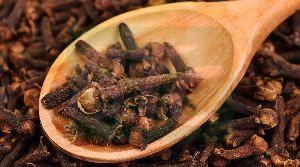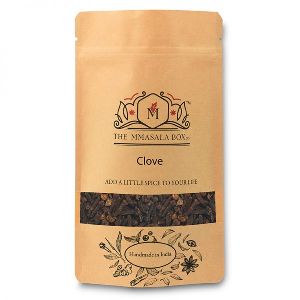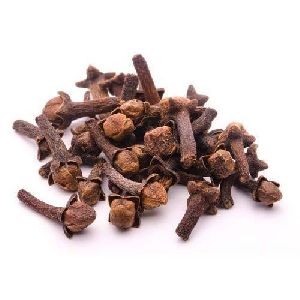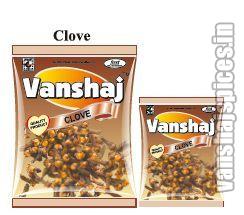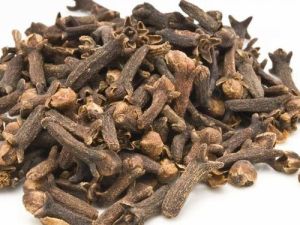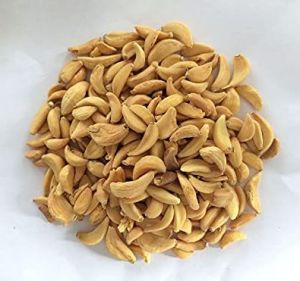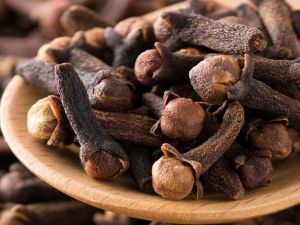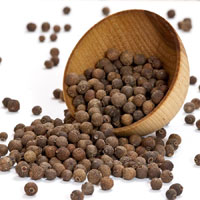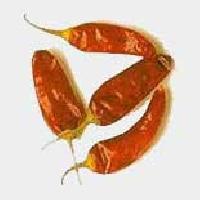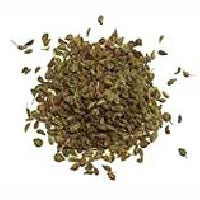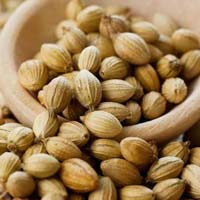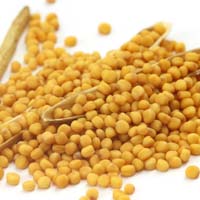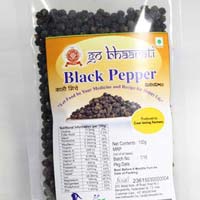Listing ID #3791782
Company Information
Ask for more detail from the seller
Contact SupplierSmall, reddish-brown flower bud of the tropical evergreen tree Syzygium aromaticum (sometimes Eugenia caryophyllata) of the family Myrtaceae, important in the earliest spice trade and believed indigenous to the Moluccas, or Spice Islands, of Indonesia. Strong of aroma and hot and pungent in taste, cloves are used to flavour many foods, particularly meats and bakery products; in Europe and the United States the spice is a characteristic flavouring in Christmas holiday fare, such as wassail and mincemeat.
As early as 200 BC, envoys from Java to the Han-dynasty court of China brought cloves that were customarily held in the mouth to perfume the breath during audiences with the emperor. During the late Middle Ages, cloves were used in Europe to preserve, flavour, and garnish food. Clove cultivation was almost entirely confined to Indonesia, and in the early 17th century the Dutch eradicated cloves on all islands except Amboina and Ternate in order to create scarcity and sustain high prices. In the latter half of the 18th century the French smuggled cloves from the East Indies to Indian Ocean islands and the New World, breaking the Dutch monopoly.
The clove tree is an evergeen that grows to about 25 to 40 feet (8 to 12 m) in height. Its gland-dotted leaves are small, simple, and opposite. The trees are usually propagated from seeds that are planted in shaded areas. Flowering begins about the fifth year; a tree may annually yield up to 75 pounds (34 kg) of dried buds. The buds are hand-picked in late summer and again in winter and are then sun-dried. The island of Zanzibar, which is part of Tanzania, is the world's largest producer of cloves. Madagascar and Indonesia are smaller producers.
Cloves vary in length from about 1/2 to 3/4 inch (13 to 19 mm). They contain 14 to 20 percent essential oil, the principal component of which is the aromatic oil eugenol. Cloves are strongly pungent owing to eugenol, which is extracted by distillation to yield oil of cloves. This oil is used to prepare microscopic slides for viewing and is also a local anesthetic for toothaches. Eugenol is used in germicides, perfumes, and mouthwashes, in the synthesis of vanillin, and as a sweetener or intensifier.
Cloves can be used in cooking either whole or in a ground form, but as they are extremely strong they are used sparingly. The spice is used throughout Europe and Asia and is smoked in a type of locally known as kretek in Indonesia and in occasional coffee bars in the West, mixed with to create spliffs (joints). Cloves are also an important incense material in Chinese and Japanese culture. Clove essential oil is used in aromatherapy and oil of cloves is widely used to treat toothache in dental emergencies.
Cloves have historically been used in Indian cuisine (both North Indian and South Indian). In the north indian cuisine, it is used in almost every sauce or side dish made, mostly ground up along with other spices. They are also a key ingredient in chai tea along with green cardamoms. In the south indian cuisine, it finds extensive use in the biryani dish (similar to the pilaf, but with the addition of local spice taste), and is normally added whole to enhance the presentation and flavor of the rice.
Along with the recreational uses of cloves, they are also said to be a natural anthelmintic.
Cloves are ingredients in many classic spice mixtures. Whole cloves are frequently used to flavour cooking liquids for simmering fish, poultry, game and meat. They feature in classic sauces and are used in the bakery industry and the processed meats industry as a ground spice.
Until modern times, cloves grew only on a few islands in the Maluku Islands (historically called the Spice Islands), including Bacan, Makian, Moti, Ternate, and Tidore.[1] Nevertheless, they found their way west to the Middle East and Europe well before the time of Christ. Archeologists found cloves within a ceramic vessel in Syria along with evidence dating the find to within a few years of 1721 BC.[1] In the 4th century BC, Chinese leaders in the Han Dynasty required those who addressed them to chew cloves so as to freshen their breath. Cloves, along with nutmeg and pepper, were highly prized in Roman times, and Pliny the Elder once famously complained that "there is no year in which India does not drain the Roman Empire of fifty million sesterces". Cloves were traded by Arabs during the Middle Ages in the profitable Indian Ocean trade. In the late fifteenth century, Portugal took over the Indian Ocean trade, including cloves, due to the Treaty of Tordesillas with Spain and a separate treaty with the sultan of Ternate. The Portuguese brought large quantities of cloves to Europe, mainly from the Maluku Islands. Clove was then one of the most valuable spices, a kg costing around 7 g of gold. The trade later became dominated by the Dutch in the seventeenth century. With great difficulty the French succeeded in introducing the clove tree into Mauritius in the year 1770; subsequently their cultivation was introduced into Guiana, Brazil, most of the West Indies, and Zanzibar, where the majority of cloves are grown today. In Britain in the seventeenth and eighteenth centuries, cloves were worth at least their weight in gold, due to the high price of importing them.[citation needed] The clove has become a commercial 'success', with products including clove drops being released and enjoyed by die-hard clove fans.


